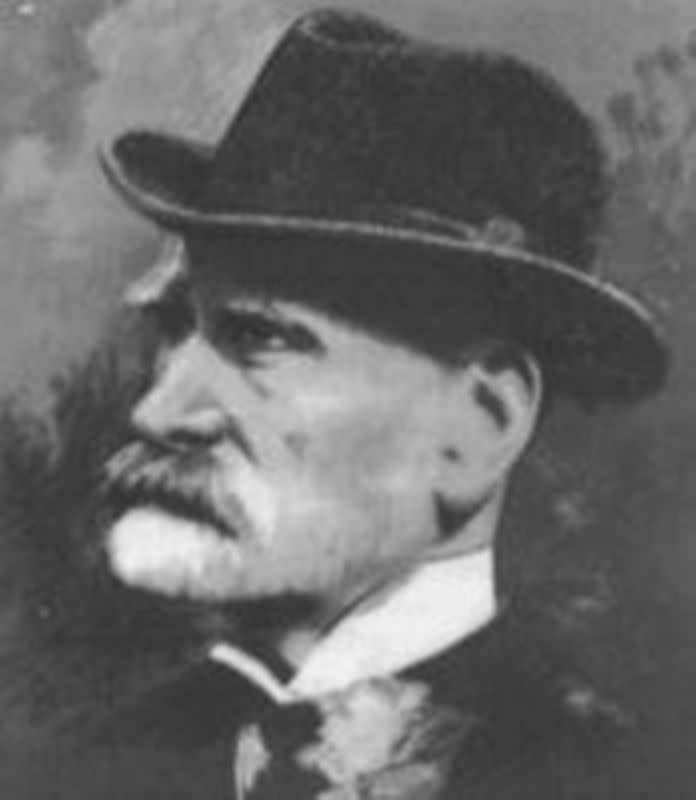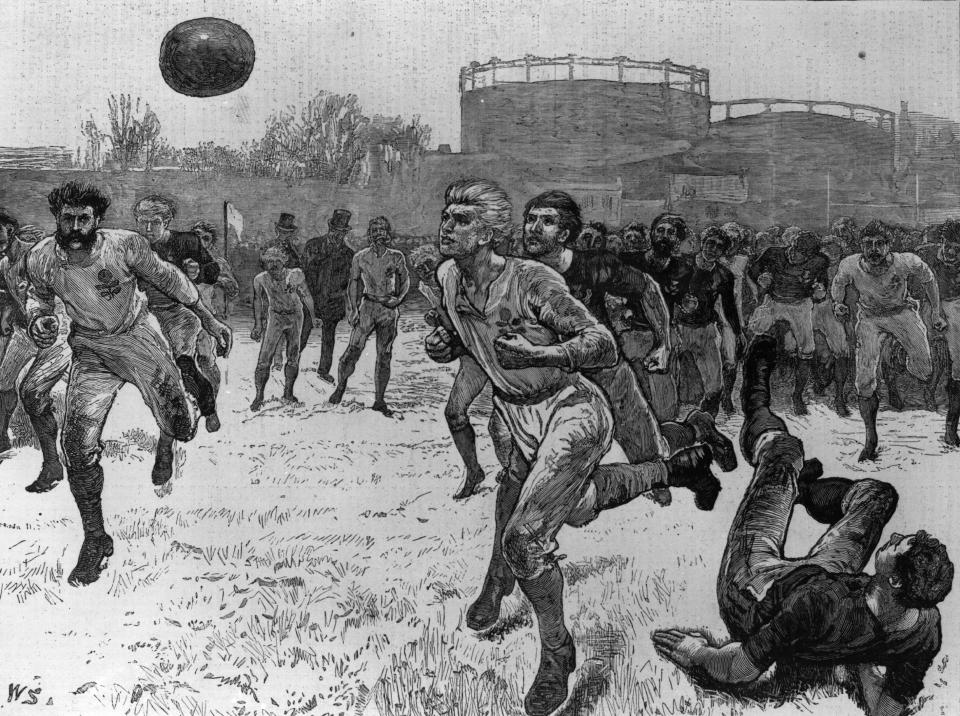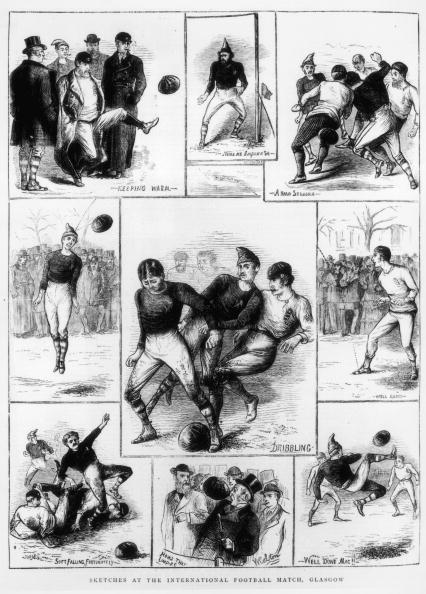200-yard pitches, catching the ball and no crossbars - happy 187th birthday to Ebeneezer Cobb Morley, the man who wrote the Laws of football

August 16 marks the 187th birthday of the man who wrote the first laws of football – Ebeneezer Cobb Morley.Probably the only Ebeneezer ever to make a living out of the game in England, the Victorian gent delivered a 13-point plan for a sport that combined football, rugby, cross country and UFC rather than the ‘beautiful game’ it became.
Highlights of Ebeneezer’s blueprint include 200-yard long pitches, changing ends after every goal, no crossbars and catching the ball and making a mark with the heel to claim a free kick.
The latter would have effectively Sam Allardyce’s career before it even began but those 200-yard long, 100-yard playing surfaces are perfect for the expansive Pep Guardiola way.

His original draft of 23 rules included a provision allowing players to “hack the front of the leg”, a controversial line that one FW Campbell of Blackheath felt was essential to promote “masculine toughness”.
Another adherent suggested that without hacking tackles, “you will do away with the courage and pluck of the game, and it will be bound to bring over a lot of Frenchmen who would beat you with a week’s practice”.
But perhaps the best law of the ones that survived is the 13th and final one: “No player shall wear projecting nails, iron plates, or gutta percha on the soles or heels of his boots.”
We had to look up ‘gutta percha” too. Turns out it’s a form of latex rubber.


The final version was published in the FA’s December 1863 pamphlet, Laws of the Game.
This were adopted across London and, subsequently, the rest of the country, followed by the wider world.
Here they are in full:
The maximum length of the ground shall be 200 yards, the maximum breadth shall be 100 yards, the length and breadth shall be marked off with flags; and the goals shall be defined by two upright posts, 8 yards apart, without any tape or bar across them.
The winner of the toss shall have the choice of goals. The game shall be commenced by a place kick from the centre of the ground by the side losing the toss, the other side shall not approach within 10 yards of the ball until it is kicked off.
After a goal is won the losing side shall kick off and the goals shall be changed.
A goal shall be won when the ball passes between the goal posts or over the space between the goal posts (at whatever height), not being thrown, knocked on, or carried.
When the ball is in touch the first player who touches it shall throw it from the point on the boundary line where it left the ground, in a direction at right angles with the boundary line.
When a player has kicked the ball any one of the same side who is nearer to the opponent’s goal line is out of play and may not touch the ball himself nor in any way whatever prevent any other player from doing so until the ball has been played; but no player is out of play when the ball is kicked from behind the goal line.

In case the ball goes behind the goal line, if a player on the side to whom the goal belongs first touches the ball, one of his side shall be entitled to a free kick from the goal line at the point opposite the place where the ball shall be touched. If a player of the opposite side first touches the ball, one of his side shall be entitled to a free kick (but at the goal only) from a point 15 yards from the goal line opposite the place where the ball is touched. The opposing side shall stand behind their goal line until he has had his kick.
If a player makes a fair catch he shall be entitled to a free kick, provided he claims it by making a mark with his heel at once; and in order to take such a kick he may go back as far as he pleases, and no player on the opposite side shall advance beyond his mark until he has kicked.
No player shall carry the ball.
Neither tripping nor hacking shall be allowed and no player shall use his hands to hold or push an adversary.
A player shall not throw the ball or pass it to another.
No player shall take the ball from the ground with his hands while it is in play under any pretence whatever.
No player shall wear projecting nails, iron plates, or gutta percha on the soles or heels of his boots.


